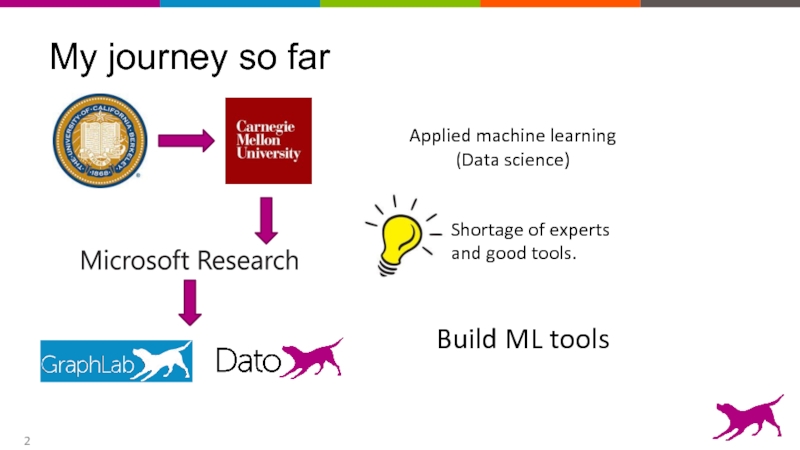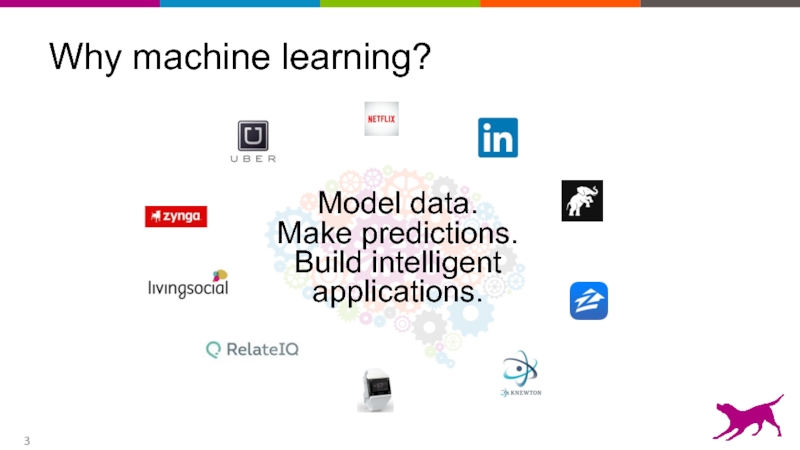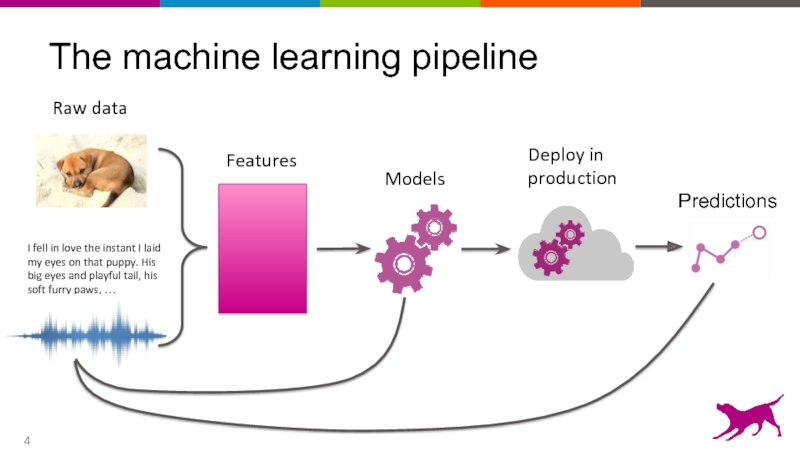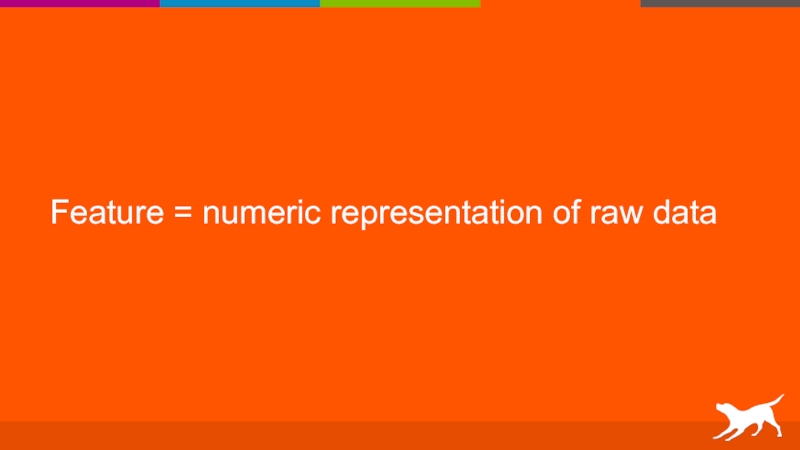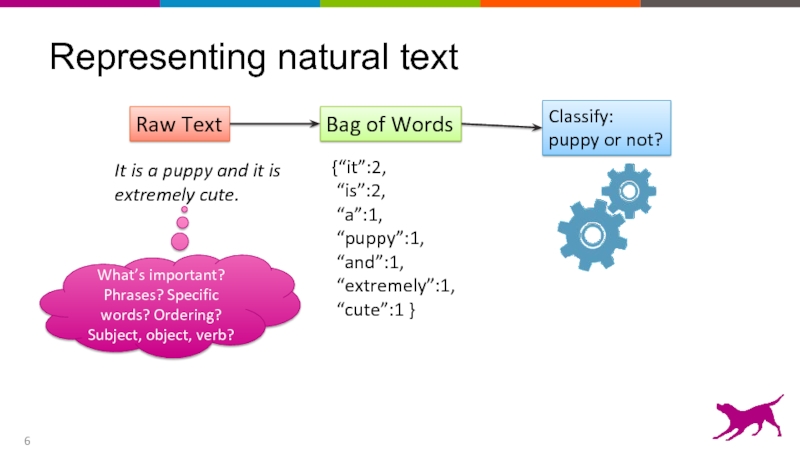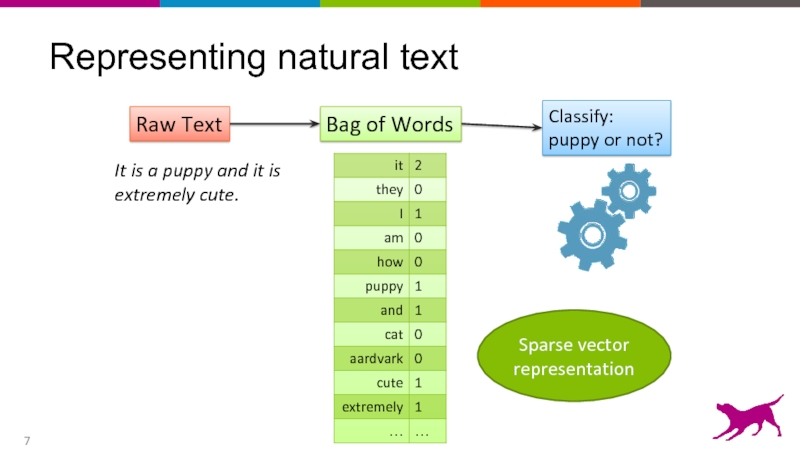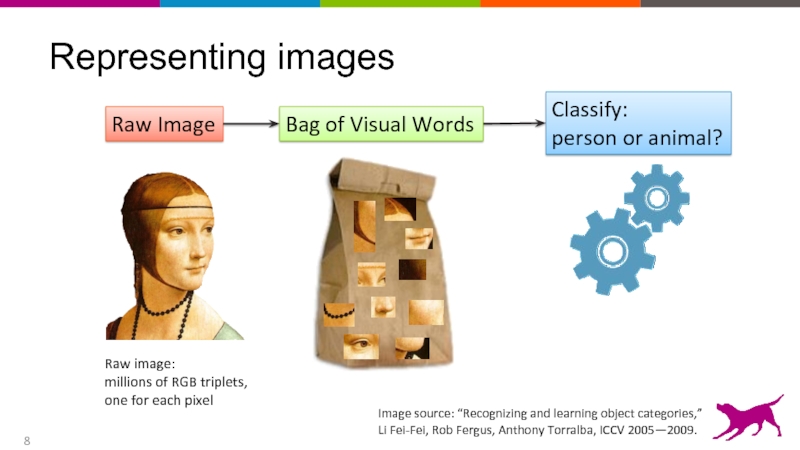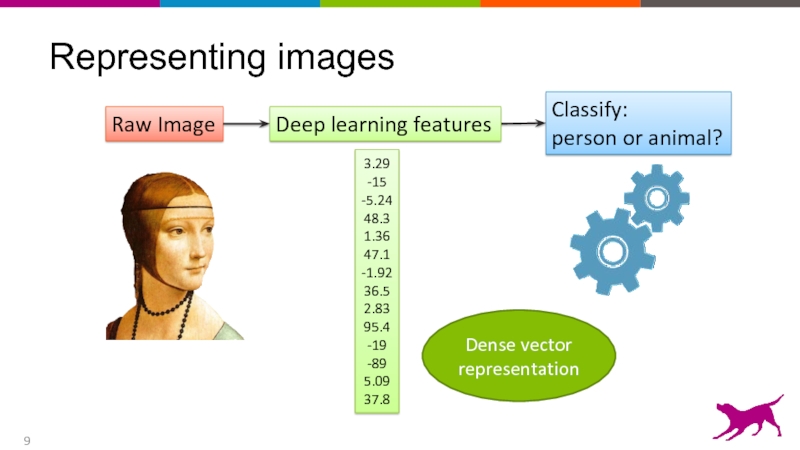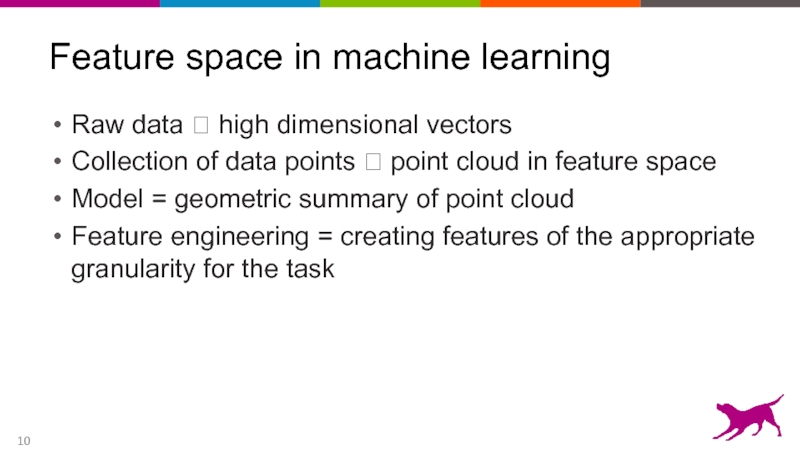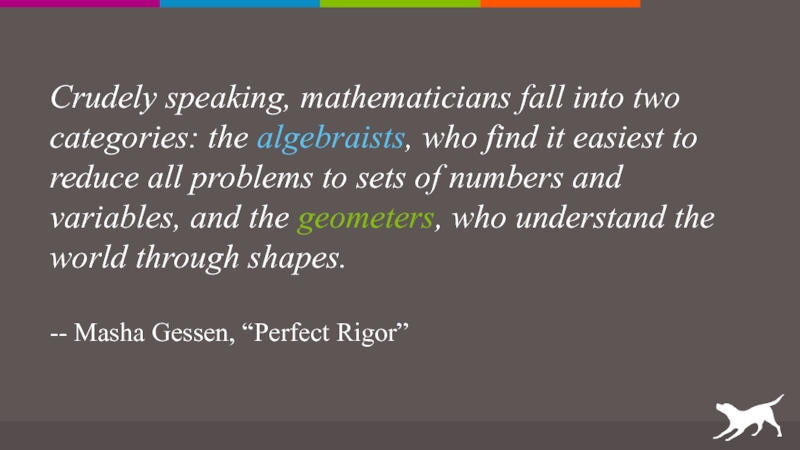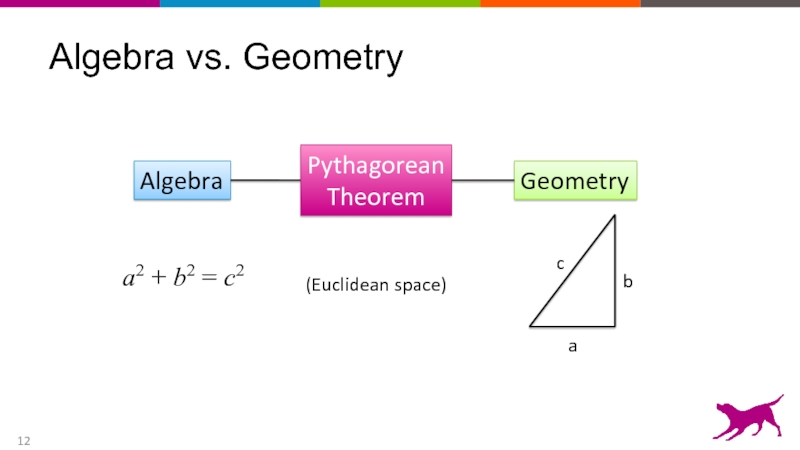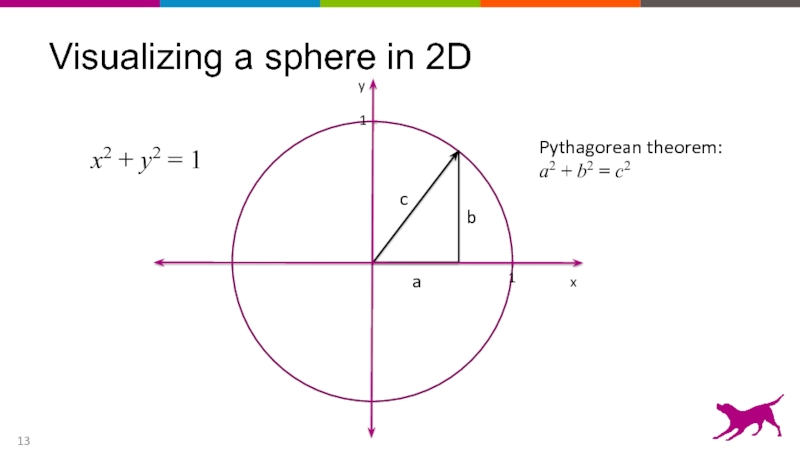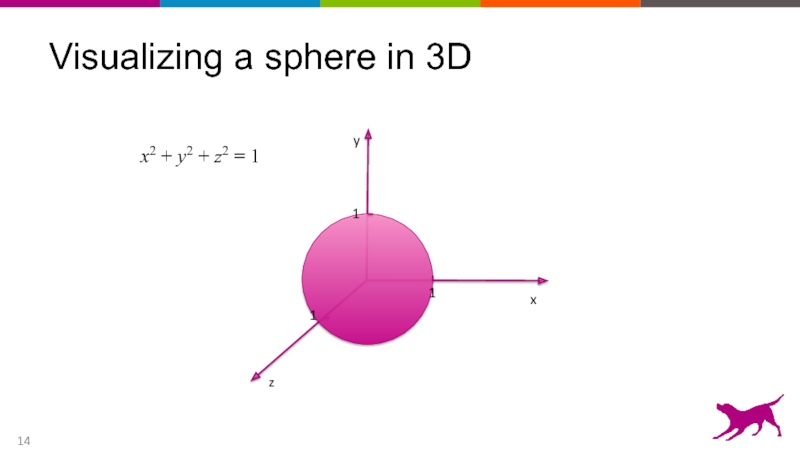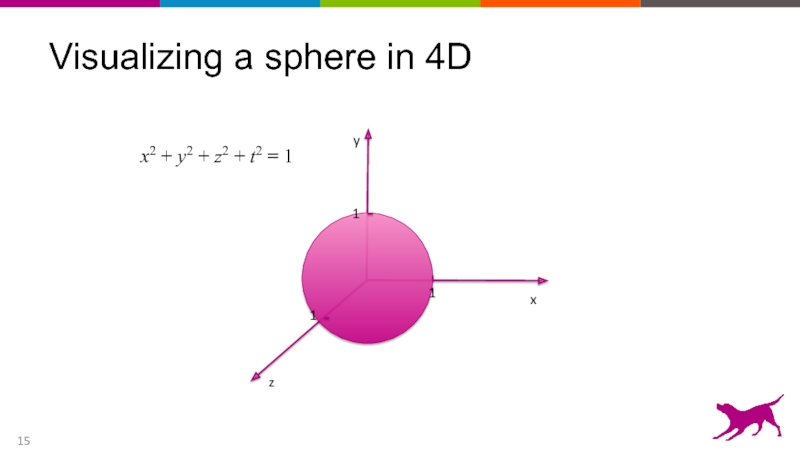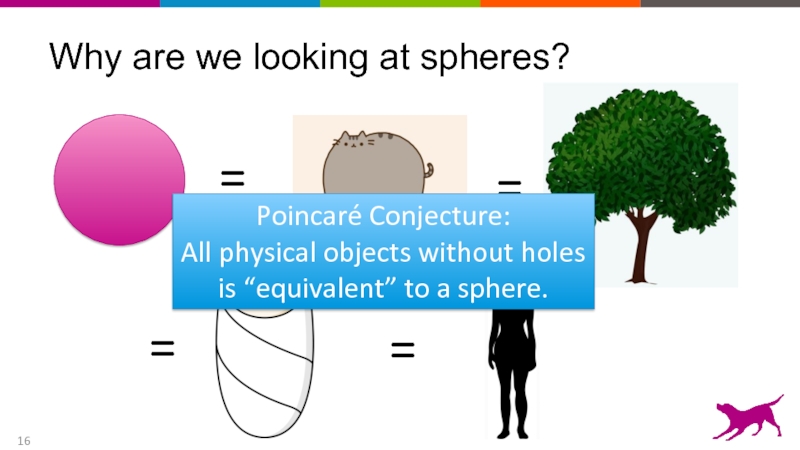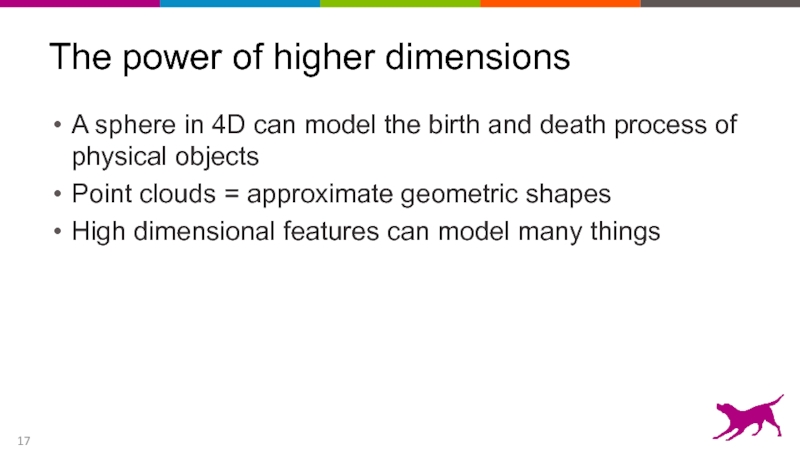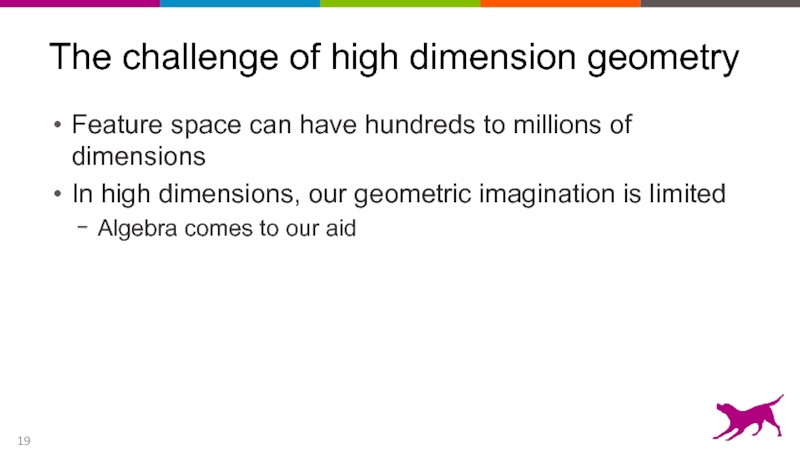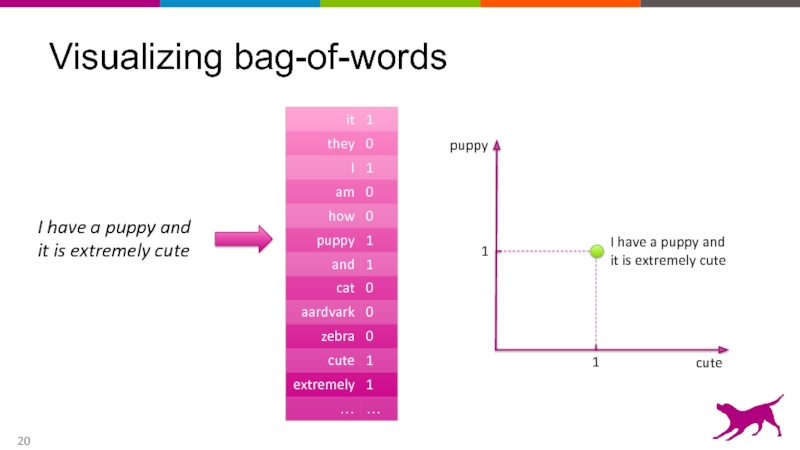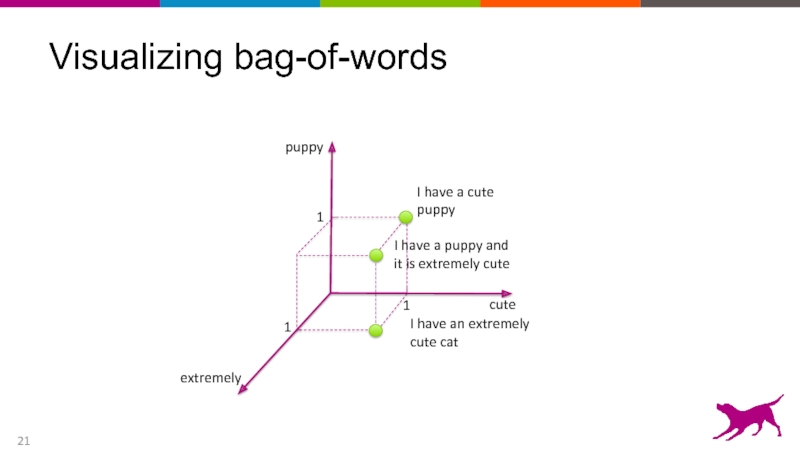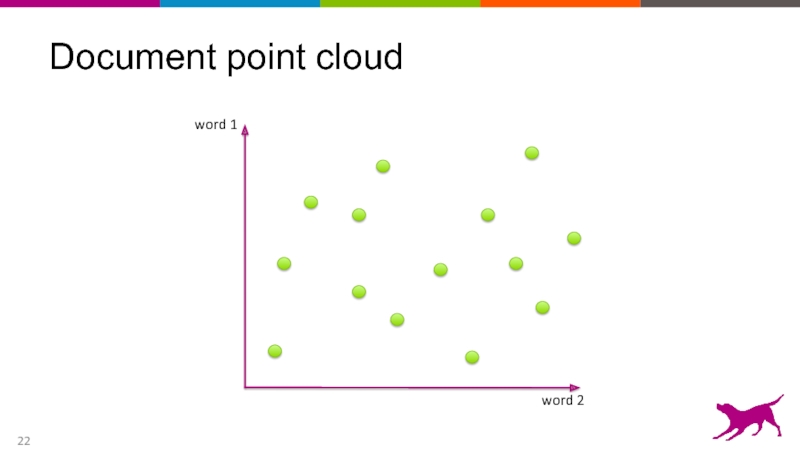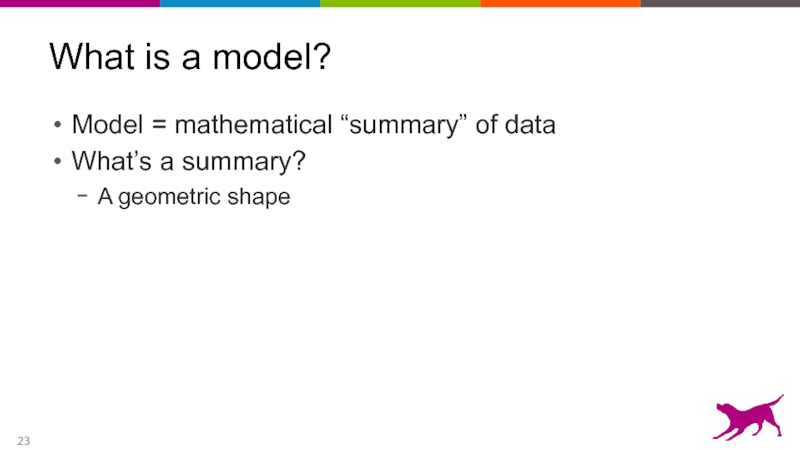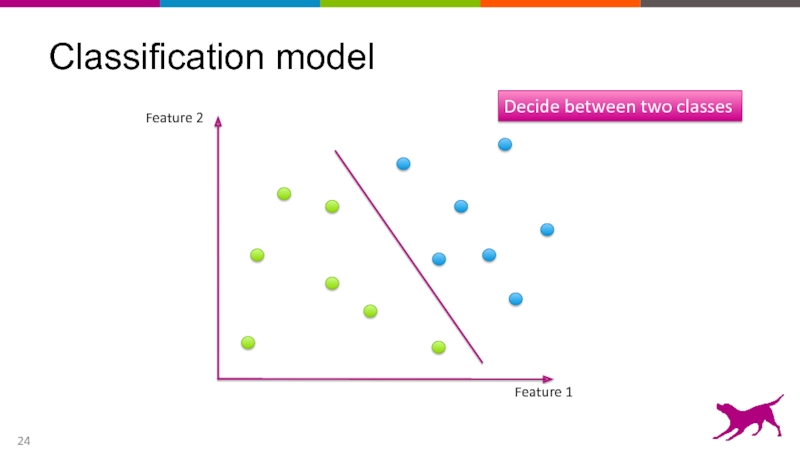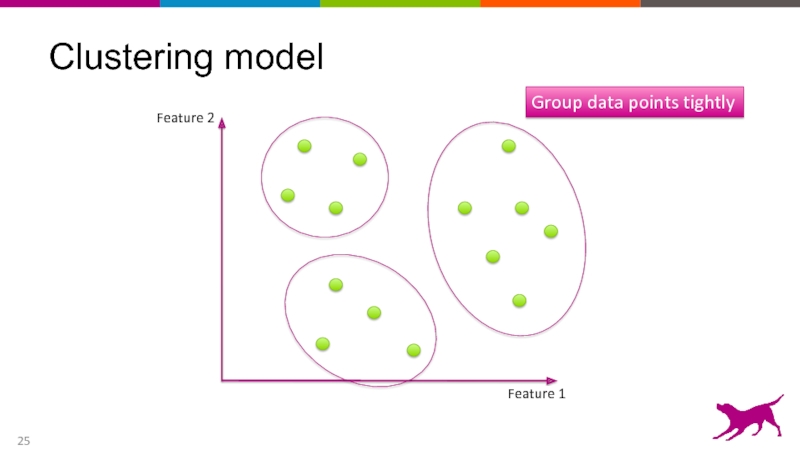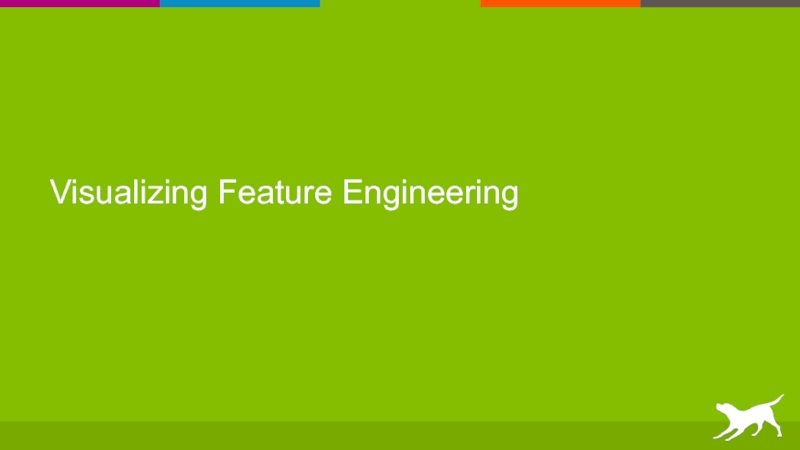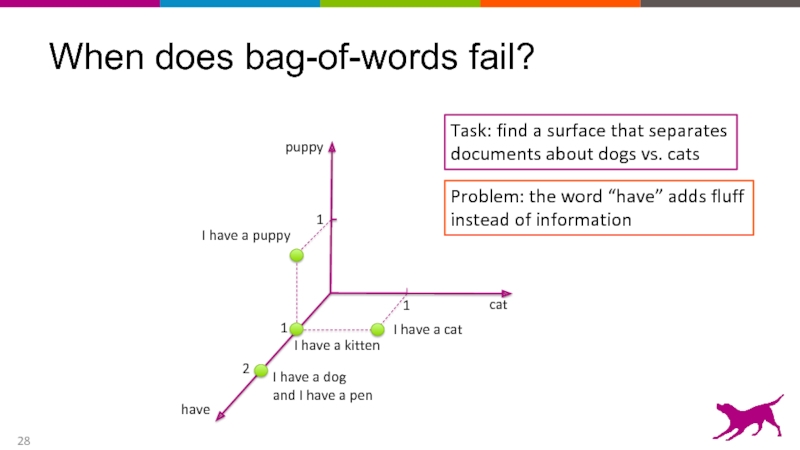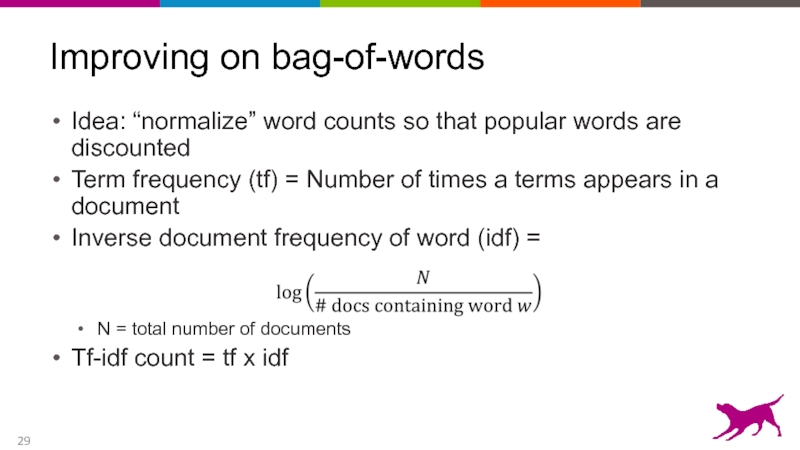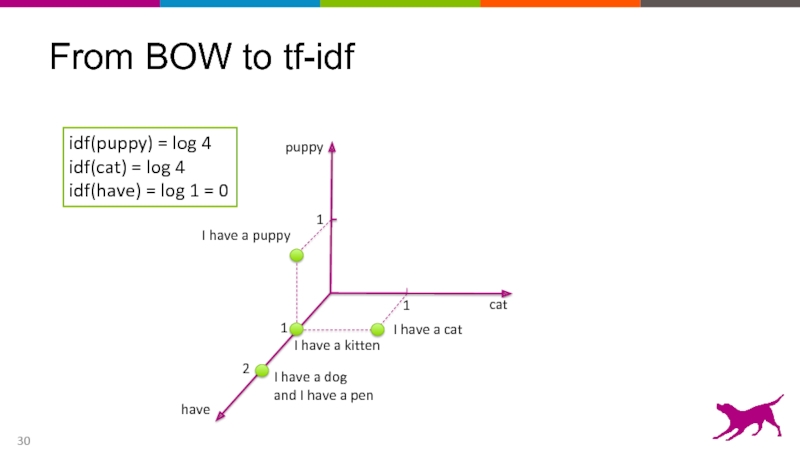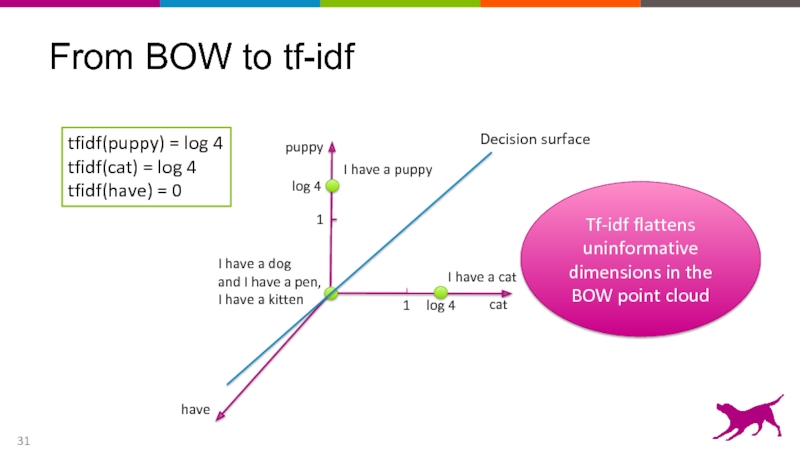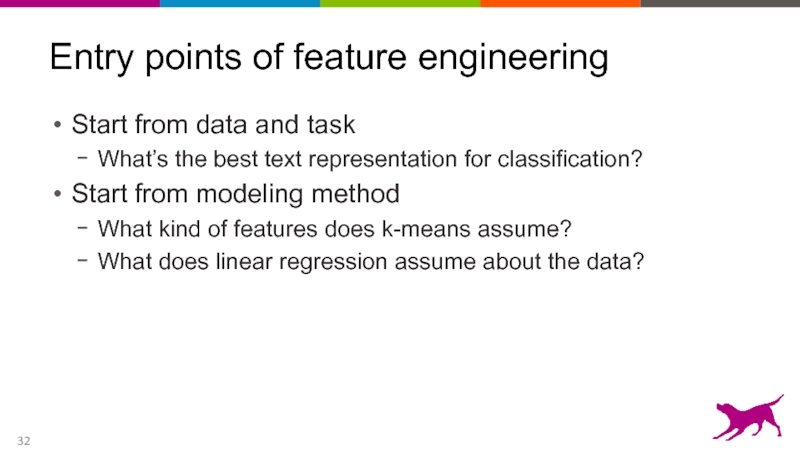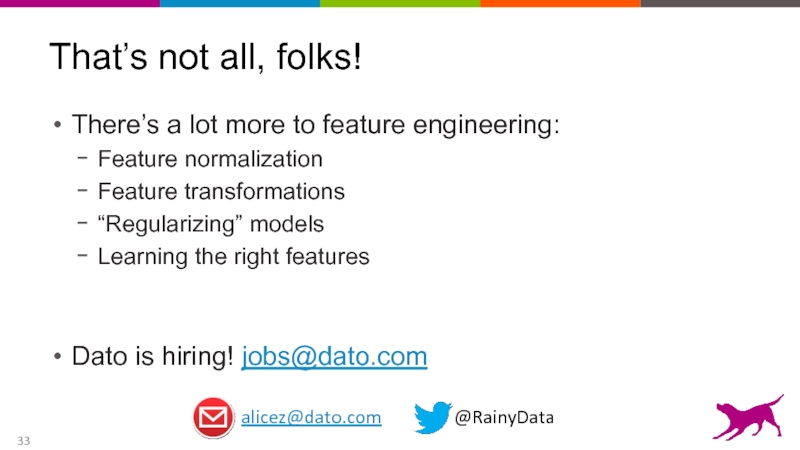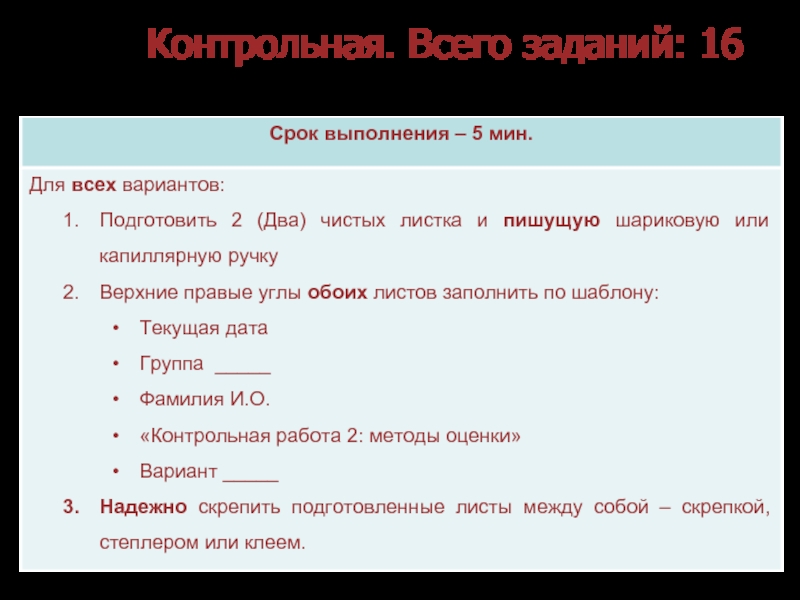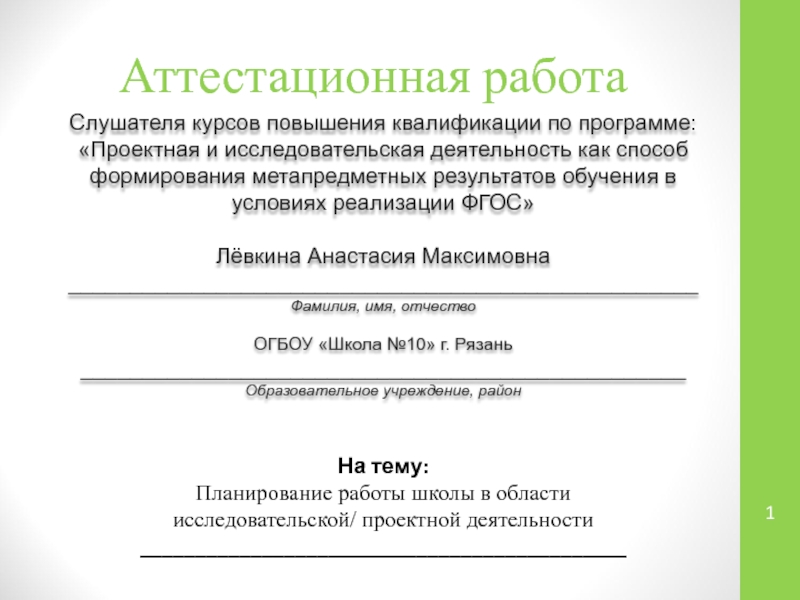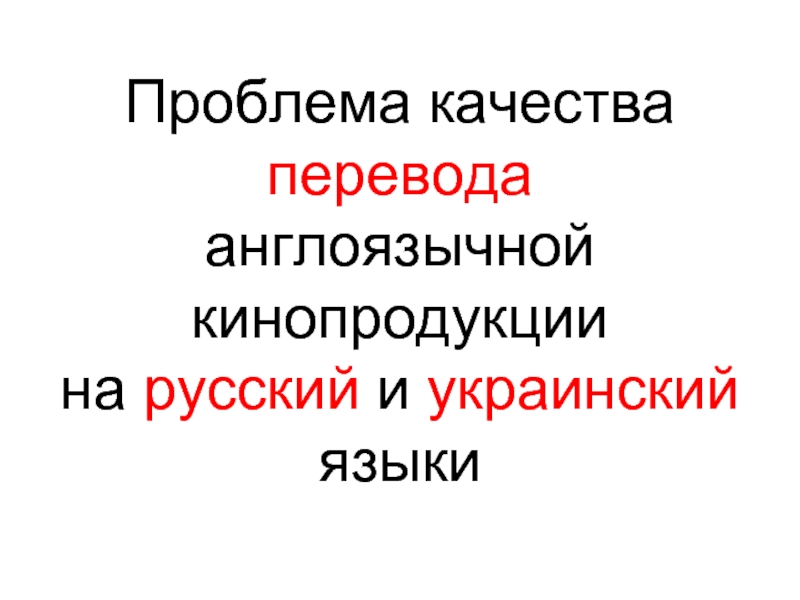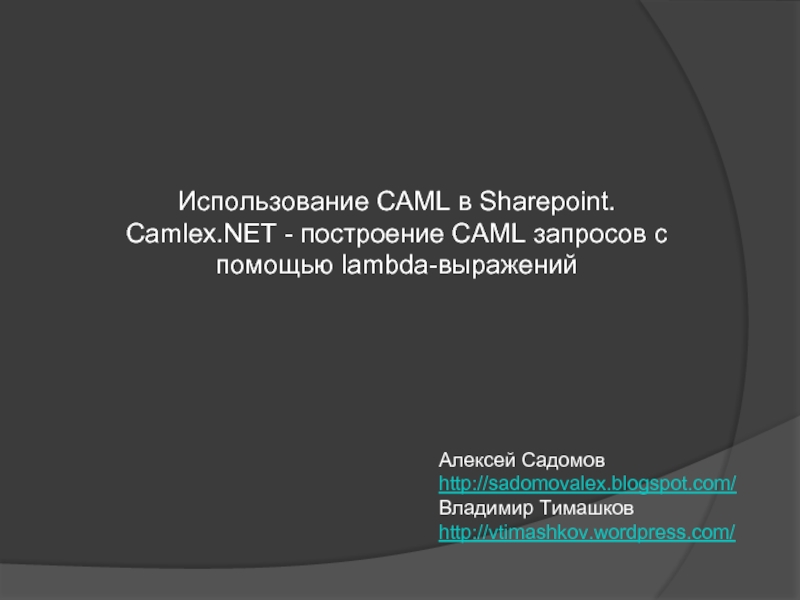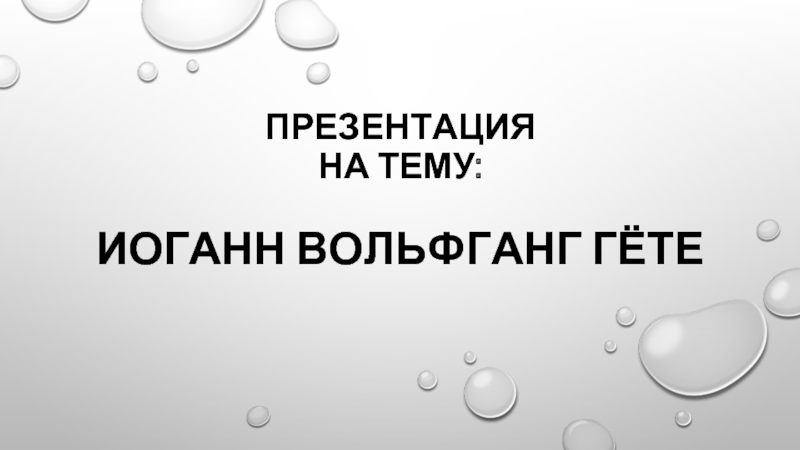- Главная
- Разное
- Дизайн
- Бизнес и предпринимательство
- Аналитика
- Образование
- Развлечения
- Красота и здоровье
- Финансы
- Государство
- Путешествия
- Спорт
- Недвижимость
- Армия
- Графика
- Культурология
- Еда и кулинария
- Лингвистика
- Английский язык
- Астрономия
- Алгебра
- Биология
- География
- Детские презентации
- Информатика
- История
- Литература
- Маркетинг
- Математика
- Медицина
- Менеджмент
- Музыка
- МХК
- Немецкий язык
- ОБЖ
- Обществознание
- Окружающий мир
- Педагогика
- Русский язык
- Технология
- Физика
- Философия
- Химия
- Шаблоны, картинки для презентаций
- Экология
- Экономика
- Юриспруденция
Understanding Feature Space in Machine Learning презентация
Содержание
- 1. Understanding Feature Space in Machine Learning
- 2. My journey so far Applied machine learning (Data science) Build ML tools
- 3. Why machine learning? Model data. Make predictions. Build intelligent applications.
- 4. The machine learning pipeline I fell in
- 5. Feature = numeric representation of raw data
- 6. Representing natural text It is a puppy
- 7. Representing natural text It is a puppy
- 8. Representing images Image source: “Recognizing and learning
- 9. Representing images Raw Image Deep learning features
- 10. Feature space in machine learning Raw data
- 11. Crudely speaking, mathematicians fall into two categories:
- 12. Algebra vs. Geometry a b c a2 + b2 = c2 Algebra Geometry (Euclidean space)
- 13. Visualizing a sphere in 2D x2 + y2 = 1
- 14. Visualizing a sphere in 3D x2
- 15. Visualizing a sphere in 4D x2
- 16. Why are we looking at spheres?
- 17. The power of higher dimensions A sphere
- 18. Visualizing Feature Space
- 19. The challenge of high dimension geometry Feature
- 20. Visualizing bag-of-words I have a puppy and it is extremely cute
- 21. Visualizing bag-of-words puppy cute 1 1 1 extremely
- 22. Document point cloud
- 23. What is a model? Model = mathematical
- 24. Classification model
- 25. Clustering model
- 26. Regression model
- 27. Visualizing Feature Engineering
- 28. When does bag-of-words fail? puppy cat 2
- 29. Improving on bag-of-words Idea: “normalize” word counts
- 30. From BOW to tf-idf puppy cat 2
- 31. From BOW to tf-idf puppy cat 1
- 32. Entry points of feature engineering Start from
- 33. That’s not all, folks! There’s a lot
Слайд 4The machine learning pipeline
I fell in love the instant I laid
Raw data
Features
Слайд 6Representing natural text
It is a puppy and it is extremely cute.
What’s
Classify:
puppy or not?
Raw Text
Слайд 7Representing natural text
It is a puppy and it is extremely cute.
Classify:
puppy or not?
Raw Text
Sparse vector representation
Слайд 8Representing images
Image source: “Recognizing and learning object categories,”
Li Fei-Fei, Rob
Raw image:
millions of RGB triplets,
one for each pixel
Raw Image
Слайд 9Representing images
Raw Image
Deep learning features
3.29
-15
-5.24
48.3
1.36
47.1
-1.9236.5
2.83
95.4
-19
-89
5.09
37.8
Dense vector representation
Слайд 10Feature space in machine learning
Raw data ? high dimensional vectors
Collection of
Model = geometric summary of point cloud
Feature engineering = creating features of the appropriate granularity for the task
Слайд 11Crudely speaking, mathematicians fall into two categories: the algebraists, who find
Слайд 16Why are we looking at spheres?
=
=
=
=
Poincaré Conjecture:
All physical objects without holes
is
Слайд 17The power of higher dimensions
A sphere in 4D can model the
Point clouds = approximate geometric shapes
High dimensional features can model many things
Слайд 19The challenge of high dimension geometry
Feature space can have hundreds to
In high dimensions, our geometric imagination is limited
Algebra comes to our aid
Слайд 28When does bag-of-words fail?
puppy
cat
2
1
1
have
Task: find a surface that separates
documents about
Problem: the word “have” adds fluff
instead of information
1
Слайд 29Improving on bag-of-words
Idea: “normalize” word counts so that popular words are
Term frequency (tf) = Number of times a terms appears in a document
Inverse document frequency of word (idf) =
N = total number of documents
Tf-idf count = tf x idf
Слайд 31From BOW to tf-idf
puppy
cat
1
have
tfidf(puppy) = log 4
tfidf(cat) = log 4
tfidf(have) =
1
log 4
log 4
Tf-idf flattens uninformative dimensions in the BOW point cloud
Слайд 32Entry points of feature engineering
Start from data and task
What’s the best
Start from modeling method
What kind of features does k-means assume?
What does linear regression assume about the data?
Слайд 33That’s not all, folks!
There’s a lot more to feature engineering:
Feature normalization
Feature
“Regularizing” models
Learning the right features
Dato is hiring! jobs@dato.com
alicez@dato.com @RainyData

